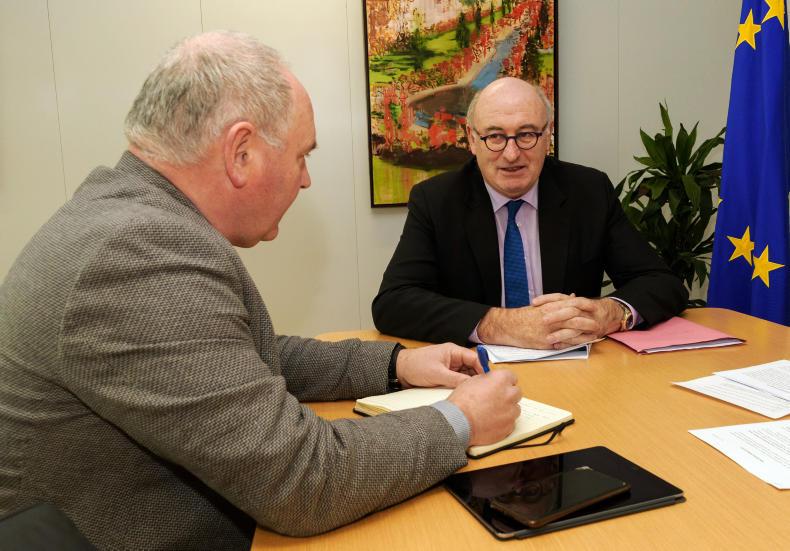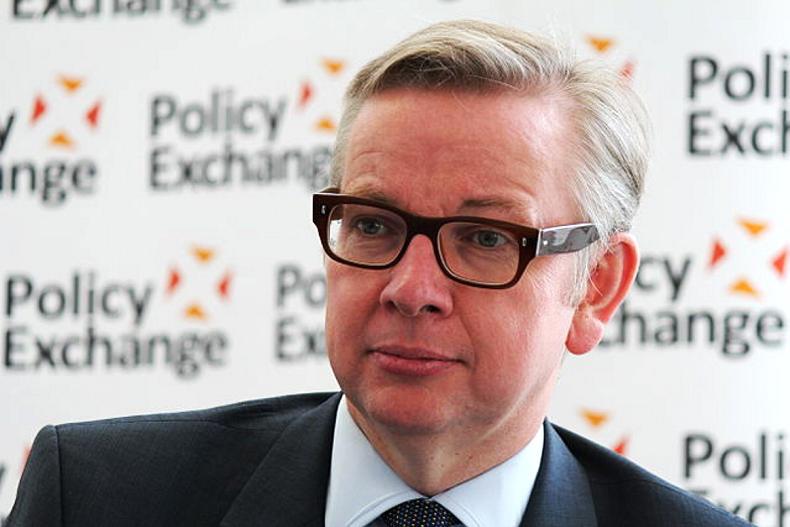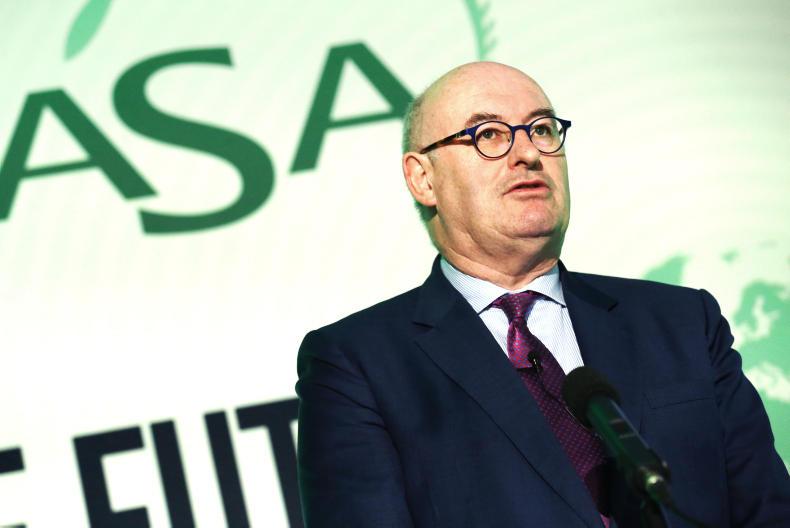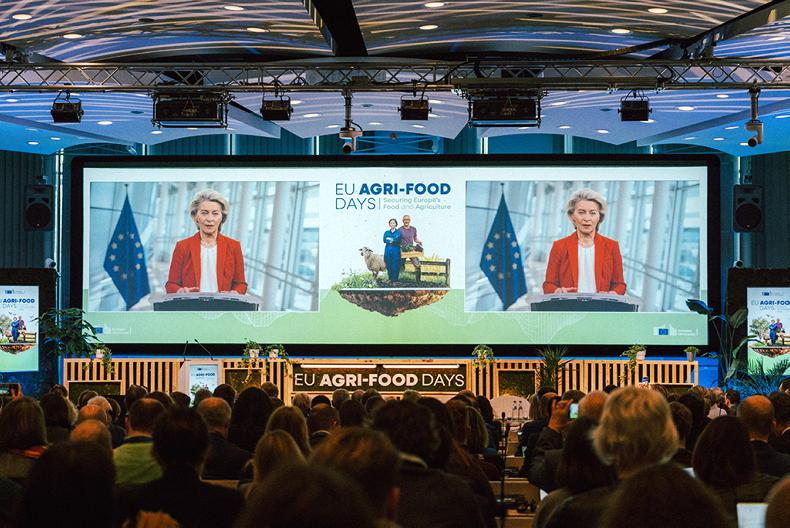Phelim O’Neill: What is the main difference farmers will see between CAP 2020 and the present CAP?
Phil Hogan: “Firstly, we want to simplify the policy and this requires a change in the controls system, a change in the notion that we have two sets of controls at the moment for one policy. We want to use more technology (satellite) rather than human interaction with farmers in relation to complying with the rules.
“We want more programmes and policies to fit the circumstances of the farmer, and more input by farmers and their organisations in terms of the implementation of the new policy.
“There will be more support for young farmers and a greater link of all payments to environmental and climate ambitions.”
PN: Will the UK be having an input to this CAP, given that it will be a member when it is being formulated, but likely to have left when it comes into effect?
PH: “I would expect that this decision will be made by the three institutions together at the end of the negotiations in October 2018.
“A lot will depend on what the final outcome is of the negotiations and then I expect that if there is a definitive move towards the exit by the UK, that it will have an impact in terms of when that decision will be made.”
PN: Is there any potential in this CAP to have payments calculated on the profitability of the different sectors, or are we staying on the land-based model?
PH: “We generally find it difficult to get people to admit they are profitable in any sector of agriculture, but these are decisions that will be made as part of the legislative process and in the legislative proposal that will be made in the middle of 2018. We haven’t came to any conclusions yet. There are supports that are available for specific sectors that might be under pressure from time to time, particularly through exemptions to state aids and voluntary coupled support. Existing policies are there if member states wish to take them up.”
PN: Will there be a ceiling on payments in CAP 2020?
PH: “Distribution of payments to farmers is always a debatable issue and not as simple as the 80:20 based model. It is an area-based system and has to be paid accordingly. We have looked at options in relation to figures of €60,000 to €100,000, but it is a matter for the member states and the European Parliament to decide what the figure should be and if it should be mandatory or voluntary.”
PN: You want to make sure the support is targeted to what you call genuine farmers and focus on those that are actively farming in order to earn a living. Can you see how that will be defined and clarified in a manner that will have least controversy?
PH: “I want to give the maximum support in the CAP to the people that are earning a living from agriculture, and we have, during the recent Omnibus regulation, again given an opportunity for member states to be able to define the payments to active farmers. It should be very easy actually to come up with an appropriate definition in each member state, but it is going to be a matter again for the member states to decide what their definition is of an active farmer.”
PN: Will the dual mechanism of support payments and intervention purchasing come under scrutiny in this CAP?
PH: “We have to continue to have some support for specific sectors that are very important to us in terms of our exports, and if we don’t have a market-orientated policy that is able to give us some safety net to those exposed sectors we will be heavily criticised. If specific sectors come under pressure for various reasons such as the Russian embargo for example, there is a need to have a crisis fund available to support once-off difficulties that emerge through no fault of the farmer, or unexpectedly on the part of the market.”
PN: Can the EU use the US crop insurance model?
PH: “It is already available and its availability will, I expect, improve significantly in the coming years due to the recent decision of the European Parliament and Agriculture Council ministers to make it more attractive for insurance products as part of Omnibus regulations.”
PN: Will you have specific proposals for sheep in the 2020 CAP?
PH: “We will certainly be anxious to ensure that the sheep sector remains viable in the context of the environmental obligations that we want our farmers to participate in. The question of land abandonment is an issue that is very important to ensure we don’t develop regional difficulties, arising from the fact that we haven’t sufficient participation of our land owners to help us keep rural viability, but equally to be available to implement policies around our public goods.”










SHARING OPTIONS